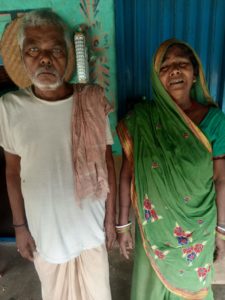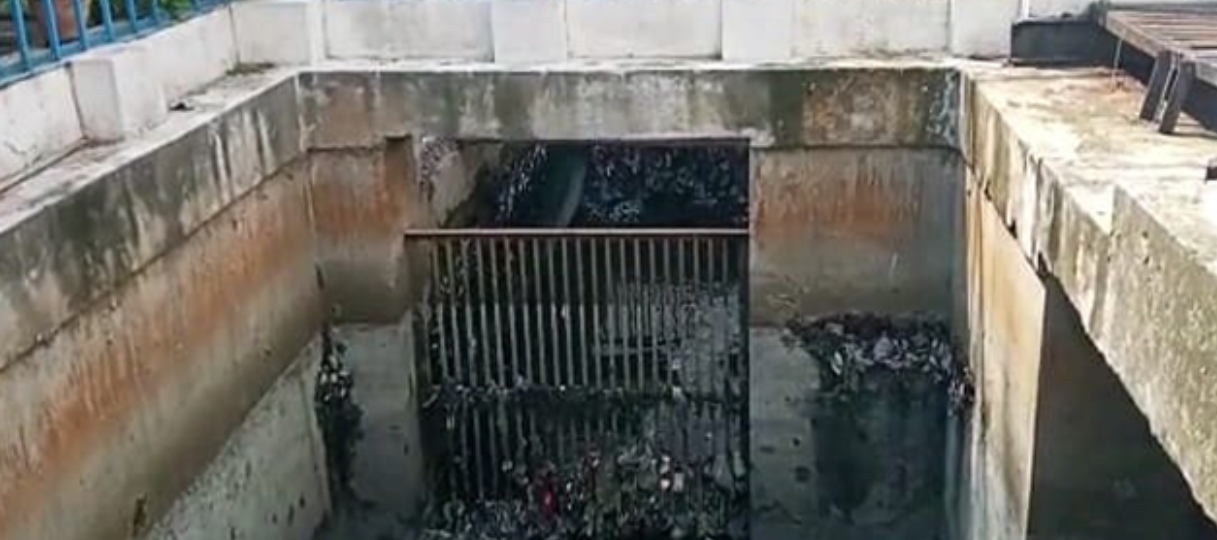Two young men die in Noida after inhaling toxic sewage gases while retrieving a cricket ball. This is not an isolated incident, but a forewarning of a disaster waiting to happen
In a megacity like Delhi and the NCR, precious lives are wasted for most innocuous reasons. And this doesn’t include fatal road accidents (1,463 deaths in 2019), nor floods or rains or the death due to pandemic that was in excess of 25,000. The innocuous reasons are like the collapse of buildings that accounted for 2600 deaths every year in metropolises. Or for that matter falling in an open gutter (350 died in Mumbai last year). A recent study showed that by 2025, nearly 32,000 people in Delhi will die solely due to inhaling polluted air — in a time span of ten years.
The one that we are talking about is death due to inhaling toxic gases emanating from untreated sewage. Two young men, Vishal and Sandeep Srivastava, both in their mid-twenties, were good friends, lived in the same neighborhood in sector 5 of Noida. Sandeep was a supervisor in a plastic molding factory in Sector 8 of Noida while his friend Vishal worked in a garment export company nearby. They, along with their friends, would play cricket in the nearby field on weekends. There’s an open sewage drain that passes along the park that smells foul, and as they’d realise in the most unfortunate way, discharges toxic gases in the air.
Last Sunday was no different. Vishal, Sandeep, Neeru, and a few other friends had assembled in the park to play cricket, one of them is an auto driver. The ball was hit and fell in the septic tank constructed and maintained by Jal Nigam, Uttar Pradesh. This was not the first time the ball had gone inside but the children and adults alike were prohibited from entering the pit and it is part of an open cemented drain. An iron railing on either side was erected. There were a couple of bamboo ladders standing by one of the walls. Before he was to get down to retrieve the ball, Vishal sat in front of the pit, lowered his body down, to look for the ball that he expected would be floating in the filth. He ended up inhaling toxic gas, lost consciousness and fell into the pit. His head hitting a faucet, causing profuse bleeding from the head.

It’s common knowledge that septic tanks of the accumulated and decomposed domestic waste and sewage water, especially those that are enclosed, emit both toxic and non-toxic, is a mixture of Hydrogen Sulphide, Ammonia, Carbon-dioxide, Nitrogen dioxide, Sulphur dioxide and sometimes, even carbon monoxide. The concoction of these deadly gases may keep changing depending on the heat, sewage composition and other atmospheric conditions — the situation is worse during the monsoons as the moisture in the air is high. Hydrogen Sulphide in small concentrations, while Methane in higher concentrations are extremely toxic. Exposure from close quarters, where they may be in higher concentrations can cause death in quick time. That’s perhaps what happened with Vishal.
When he didn’t return for a while, Sandeep and Neeru with an auto driver friend came looking for him. They found Vishal lying in the pit, dead because he wasn’t breathing, having profusely bled from his head. This happened in just a few minutes. They panicked, suspected he fell and died — and not because of inhaling toxic gases. Holding their nerves, Sandeep and Neeru got down to the pit using a bamboo ladder. The two lifted Vishal’s body and tried to pull it out of the pit using the ladder.
While Sandeep held Vishal by his hands, Neeru grasped his legs as they tried to climb the ladder out of the pit. Sandeep was already dizzy, he slipped and fell in the pit, Neeru couldn’t take the weight of the body, eased the grip. Vishal’s body fell in the pit with Sandeep. Neeru was lucky, the auto-driver friend held Neeru’s hand and pulled him out of the pit just in time. Two lay dead in the pit and no one dared to enter it, rightly so. Instead they called for help. The cops arrived, and a fire brigade was summoned, which pulled out the bodies. Two precious lives were lost in this most innocuous way.

Sandeep is the only son of his aging parents, farmers in Bihar’s Madhubani district. They were staying in Noida with Vishal, and their daughter and her husband Jicabhh Kanti. Sandeep would make 12,000 a month and would support his parents. Kanti would also help. After the cremation, the whole family returned to the village. Though Kanti will come back soon, he’s employed here, but parents might not. “It’s hard for them to survive this emotional trauma,” explains Kanti in Hindi.
While the financial situation in Vishal’s family is not so bad, his father has a government job in Gopalganj-Bihar. This, however, is of little consolation. A local official in Jal Nigam, who doesn’t want to be named, was friendly to these young men, would often join them to play cricket, explains that there’s so much toxicity in this stagnant untreated sewage, and the pressure builds up when there’s little flow. “These pits are like landmines waiting to explode,” he says and the safai karamcharis work in perpetual danger.
If this incident is of any indication, Capital’s oldest garbage dump site, the Ghazipur landfill, is a disaster waiting to happen. Many people have died here due to the toxic gases. Toxicity and apathy of the civic and government agencies is a deadly combination.





